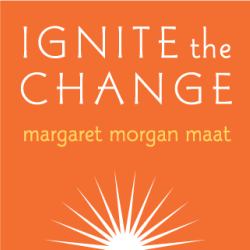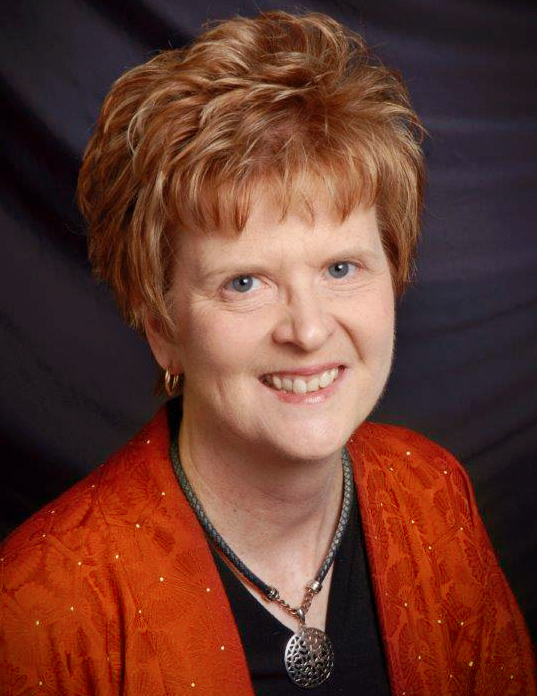A few years ago, a friend gave me a gift -- a metal bar with the following question engraved on the face:
What would you attempt to do if you knew you could not fail?
As I contemplate the new year, the presence of this gift in my office reminds me that often, questions are more powerful to change behaviors and attitudes than goals and resolutions. This "big kahuna" question shakes me up; it requires me to rethink the direction my life is taking.
The Power of Questions
Before you finalize your 2017 list of desired improvements, take the time to write down a list of questions. Some questions may be about your family life; others about your vocational goals. Write questions from every facet of your life.
As you consider the questions on your list, be aware of how they open up new directions and ideas. Notice how much richer and deeper your 2017 action list becomes when you first ask powerful questions
For example, if you need to lose weight, you could easily put "losing weight" on a list of 2017 resolutions. You might even commit to activities, such as visiting the gym 3-4 times a week. But what if you asked yourself questions like these:
What are the risks of my sedentary lifestyle? How will my family be affected if I continue my current practices regarding diet and exercise? How will I feel about myself if I reach 2018 without a change in my exercise routine? How will I feel about myself if I lose 20 pounds this year? What beliefs are at the core of my weight issues? What needs in my life are not being met? What is the impact of these unmet needs on my health?
Starter Set
Here are some suggested questions to get you started:
- What is my proudest moment from 2016? On a scale of 1-10 (10 high), what was my level of emotion from that event? How satisfied am I with that level of engagement with life? How would it feel to surpass that this year? What does that tell me about my next step as a professional? as a parent? as a partner/spouse? as a human being?
- What is the most "icky" and stressful thing in my life -- the thing that sticks out and demands to be noticed. What is life trying to tell me? What do I want to be different in 2017?
- What was the biggest positive change I made in attitude or behavior between December 31, 2015 and December 31, 2016? What growth in character made that change possible? How do I want my character to grow over the next year?
Principle:Before building a plan for personal and vocational improvement for the upcoming year, first ask yourself startling questions. Don't settle for a list of goals when you can gain insight into a life-changing breakthrough.
Discovery Questions
1. What is a question that someone once asked you that made a difference in your life? How might asking that question again help you frame better goals for this year?
2. Who can you ask to offer you some mind-jarring questions that can wake you up and re-establish your enthusiasm for life and work?
3. If you could only ask one question to guide your life and vocational decisions this year, what would it be? (Print out this question and put it in a prominent place in your home or office.)
What would you attempt to do if you knew you could not fail?
As I contemplate the new year, the presence of this gift in my office reminds me that often, questions are more powerful to change behaviors and attitudes than goals and resolutions. This "big kahuna" question shakes me up; it requires me to rethink the direction my life is taking.
The Power of Questions
Before you finalize your 2017 list of desired improvements, take the time to write down a list of questions. Some questions may be about your family life; others about your vocational goals. Write questions from every facet of your life.
As you consider the questions on your list, be aware of how they open up new directions and ideas. Notice how much richer and deeper your 2017 action list becomes when you first ask powerful questions
For example, if you need to lose weight, you could easily put "losing weight" on a list of 2017 resolutions. You might even commit to activities, such as visiting the gym 3-4 times a week. But what if you asked yourself questions like these:
What are the risks of my sedentary lifestyle? How will my family be affected if I continue my current practices regarding diet and exercise? How will I feel about myself if I reach 2018 without a change in my exercise routine? How will I feel about myself if I lose 20 pounds this year? What beliefs are at the core of my weight issues? What needs in my life are not being met? What is the impact of these unmet needs on my health?
Starter Set
Here are some suggested questions to get you started:
- What is my proudest moment from 2016? On a scale of 1-10 (10 high), what was my level of emotion from that event? How satisfied am I with that level of engagement with life? How would it feel to surpass that this year? What does that tell me about my next step as a professional? as a parent? as a partner/spouse? as a human being?
- What is the most "icky" and stressful thing in my life -- the thing that sticks out and demands to be noticed. What is life trying to tell me? What do I want to be different in 2017?
- What was the biggest positive change I made in attitude or behavior between December 31, 2015 and December 31, 2016? What growth in character made that change possible? How do I want my character to grow over the next year?
Principle:Before building a plan for personal and vocational improvement for the upcoming year, first ask yourself startling questions. Don't settle for a list of goals when you can gain insight into a life-changing breakthrough.
Discovery Questions
1. What is a question that someone once asked you that made a difference in your life? How might asking that question again help you frame better goals for this year?
2. Who can you ask to offer you some mind-jarring questions that can wake you up and re-establish your enthusiasm for life and work?
3. If you could only ask one question to guide your life and vocational decisions this year, what would it be? (Print out this question and put it in a prominent place in your home or office.)


 RSS Feed
RSS Feed
